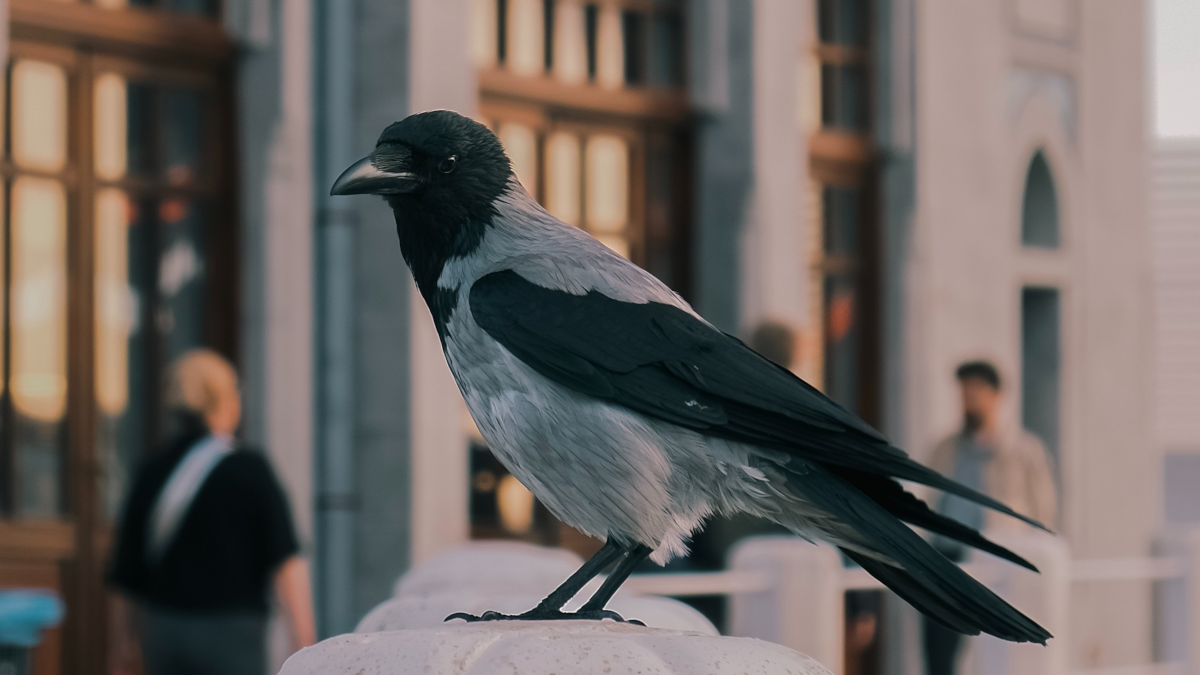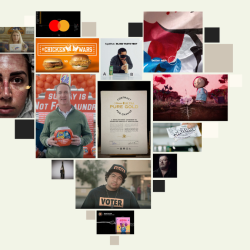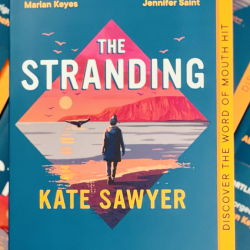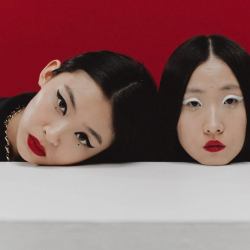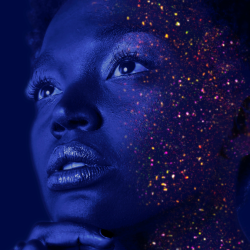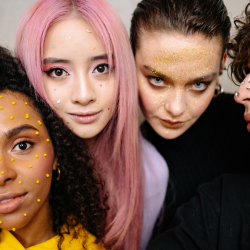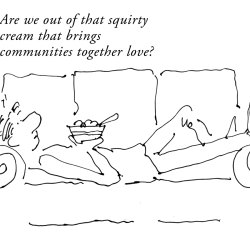In 1933, a museum in South Africa reported a crow’s nest made from copper, galvanised iron and barbed wire. More recently, magpie nests from trees in Rotterdam and Antwerp were found to be made almost entirely from strips of long metal bird-deterrent spikes. Some might say irony. Some chutzpah.
These amazing little birds have at the most extreme, woven incongruous material into their product. Through natural selection they’ve adapted to their urban environment, being now arguably more likely to survive and pass on their genes. They’ve done it by directing mashing up their home with their rather dangerous environment.
This mash-up approach is an accepted basis of creative philosophy: ‘Combinatorial creativity‘ occurs when old ideas are combined in new ways. We see ‘mash-ups’ across all things humans touch and create. From art to music, to architecture and film to name a handful. Crashing two worlds, gives new meaning, in new context. We reinvent the purpose of something, by radically rethinking and colliding and creating a new thing:
- Marcel Duchamp introduced already existing objects, to give new purpose, in new context.
- The palatine chapel in Palermo combines Norman architecture and door decor, Arabic arches and ceiling designs and a Byzantine dome and mosaics. Appending centuries of different styles to it’s core.
- Not to mention the infinite number of music mash-ups from Kylie Minogue and New Order to Adele and Daft Punk.
We know our industry has fallen for mash-ups, Ideo owns the ‘mash-up ideation method’. And in 2020, Forbes declared the industry has having experienced ‘the year of the mash-up’. But mash-ups are bigger than collabs: they’re evident in all aspects of our industry, and I believe that our industry will continue to thrive because of mash-ups. The more radical we get with our collisions, the more ‘magpie’ in our approach, the more progress we will make.
Take these diverse mash-up spaces to play:
Typology mash-up
Collide classifications and categories and we break free.
First digital nation — is it an ad campaign, an alternate reality, a piece made for publicity (obviously), a film, — probably all of those. By mashing up category and typology, not neatly boxing it, it takes on a more powerful form.
Culture mash
Mash with and steal the clothes of culture.
Brands are boldly taking new pop culture formats to be the main show, not just the side hustle of a campaign. Brands no longer just post, but they exhibit (Calm — Last Photo). They no longer air commercials, but create movies (Chanel), they no longer do a spot of experiential, but create ticketed and desirable spectacle. Work is ambitiously colliding with culture and borrowing its body language.
Category mash
Mash with the opposite category.
Brands are pioneering new strategies and tactics by stealing from adjacent and opposite categories — giving tired leaders new life. (John Lewis became the filmmaker + the movie release, Brixton Beer became the holiday brand, O2 the music destination…)
It’s thinking about the opposite and other, which gets to more extraordinary work, breaking the category convention.
Mashing up is an integral reason as to why our industry still thrives and why our brands find new chapters in lives. I just hope we just keep finding spaces to collide in and add more barbed wire to add to our nests.
Featured image: ebuyıldız / Pexels

















